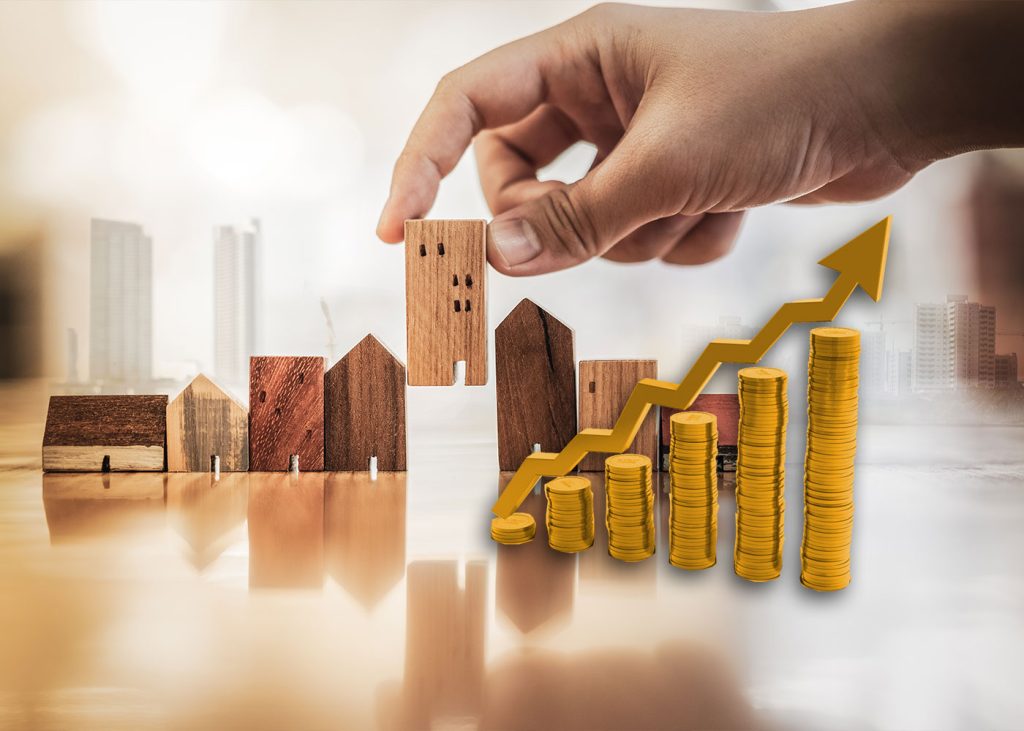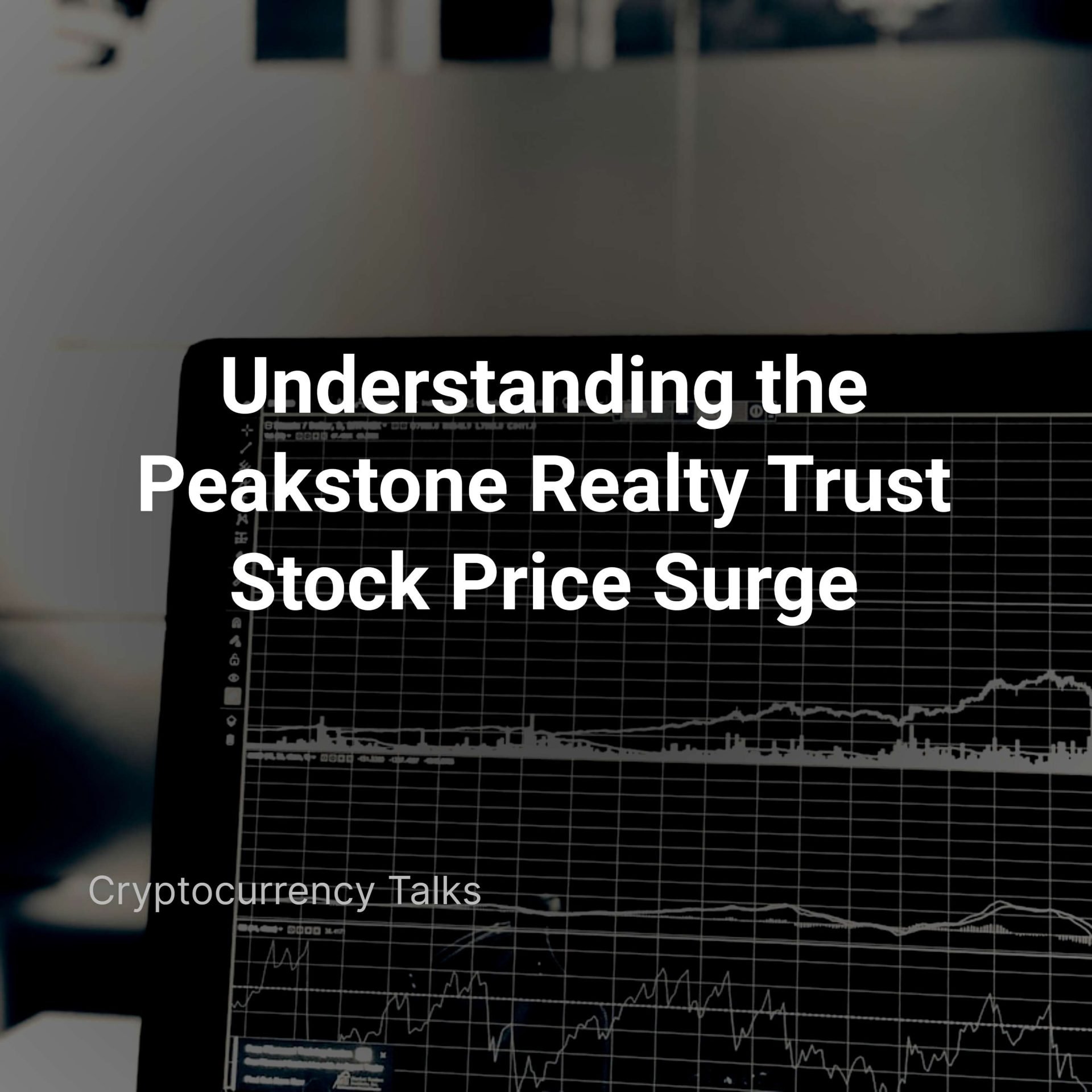
We understand the importance of building a real estate portfolio that can withstand economic downturns. We have compiled this comprehensive guide to help you create a recession-proof portfolio with long-term financial stability. So, let’s find out how to invest in real estate during a recession.
Diversify Your Portfolio
Diversification is one of the most critical aspects of building a recession-proof real estate portfolio. Investing in various properties can reduce risk and ensure that your investments are not concentrated in a single location or property type. Consider supporting different kinds of properties, such as residential, commercial, industrial, and retail, across various locations.
Invest in Stable Markets
Investing in stable markets is another way to build a recession-proof real estate portfolio. Look for needs with a history of steady growth, low unemployment rates, and diverse industries. These markets are less likely to be affected by economic downturns and will provide you with a more stable return on your investment.
Focus on Cash Flow
Cash flow is critical when building a recession-proof real estate portfolio. Your investments should generate enough rental income to cover expenses, such as mortgage payments, property taxes, insurance, and maintenance costs. Look for properties with high rental yields and low vacancy rates to ensure a steady income stream.

Consider Alternative Financing Options
Alternative financing options, such as crowdfunding and private equity, can provide you with access to capital that traditional lenders may not be able to offer. These options can be beneficial during economic downturns when conventional lending institutions may become more risk-averse.
Plan for the Long Term
Building a recession-proof real estate portfolio requires a long-term perspective. Your portfolio should be designed to provide you with financial stability over the long term rather than short-term gains. Consider working with a financial advisor to help you develop a comprehensive investment strategy that aligns with your long-term goals.
Conclusion
Building a recession-proof real estate portfolio requires careful planning, diversification, and a focus on cash flow. Investing in stable markets, considering alternative financing options, and planning for the long term can create a portfolio that provides financial stability even during economic downturns. Follow these steps to build a portfolio that can withstand any market conditions and provide you with long-term financial success.







